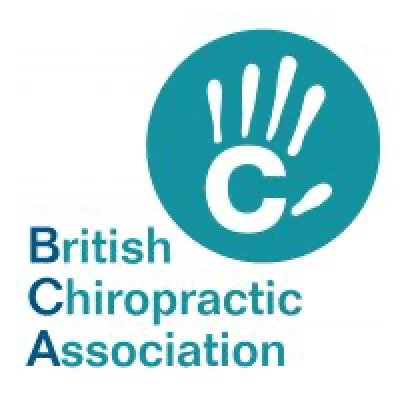The Pilates Breath
Pilates, developed by Joseph Pilates in the early 20th century, is known for improving physical strength, flexibility, and overall well-being. While it is mainly thought just to involve different movements and exercises, one important aspect often overlooked is the art of breathing. The breathing technique in Pilates plays a vital role in enhancing the effectiveness of the exercises.
In this blog, we explore the connection between the breath and movement, including the benefits that make it such an important part of Pilates.
Mind-Body Connection:
Pilates is more than just a physical exercise; it also embodies the mind-body connection. As we inhale, we bring fresh oxygen into our bodies, revitalising our cells and energising our muscles. Exhaling allows us to release tension, promoting relaxation and better control during more difficult movements. By mastering the art of the breath, you are able to increase your awareness of body alignment and improve your ability to move through the exercises.
Core Activation and Stability:
In Pilates we talk about ‘centering’. This involves engaging the deep abdominal muscles but also working to connect the different muscles centered around the abdomen, lower back, hips, and glutes. Engaging the core is essential for stability and balance during various Pilates movements. Proper breathing helps to activate these core muscles, providing a stable foundation for more dynamic exercises. As we exhale during exertion, the deep abdominal muscles contract, helping to support and protect the spine. This controlled exhalation helps to give a sense of control, helping also to reduce the risk of injury.
Enhancing Flexibility:
Breathing plays a pivotal role in enhancing flexibility, a key component of Pilates. By incorporating breath-work, we encourage our muscles to relax and stretch more deeply. During inhalation, the ribcage expands, allowing for greater lung capacity and creating space within the body. As we exhale, we can move deeper into stretches and achieve a greater range of motion. The flow of breath during Pilates exercises encourages suppleness and elasticity, leading to increased flexibility over time.
Mindfulness and Stress Reduction:
Breathing is a natural tool for mindfulness and stress reduction. This mindfulness helps to calm the mind and reduce stress and anxiety. As stress and anxiety are known to impact physical health negatively, the practice of mindful breathing in Pilates can become a helpful stress-relieving tool.
Improved Oxygenation and Detoxification:
Efficient breathing in Pilates ensures optimal oxygen intake, which is essential for cellular respiration and energy production. The increased oxygenation of the body enhances circulation, helping to deliver nutrients to muscles and organs effectively. Furthermore, deep breathing aids in the elimination of waste products and toxins through exhalation. This also aids overall health and well-being.
In conclusion, focusing on your breathing techniques in Pilates has many benefits.
It serves as the foundation for the mind-body connection, core activation, flexibility, mindfulness, and improved oxygenation. Proper breathing enhances the overall effectiveness of Pilates, allowing you progress both physically and mentally.
So, the next time you step onto the Pilates mat, remember to take a lovely deep breath and remember all the benefits of the ‘Pilates breath’!
If you would like support with breathing and movement, I offer 1:1 Pilates sessions or Pilates classes in a group setting. Get in touch today, book online or email me if you have any further questions!
























